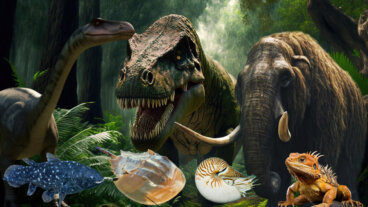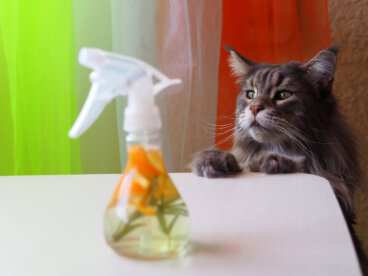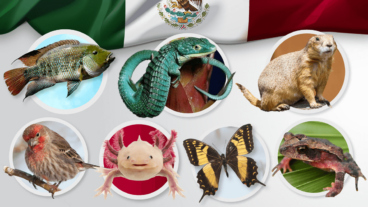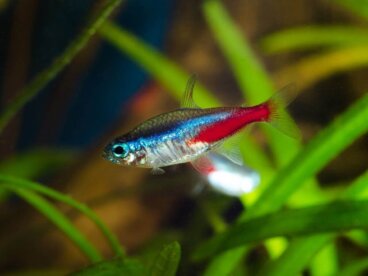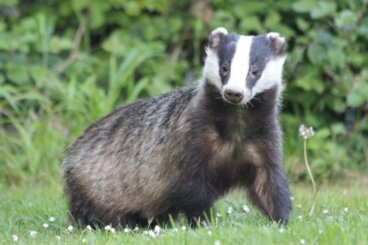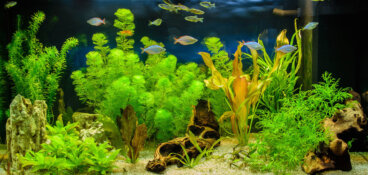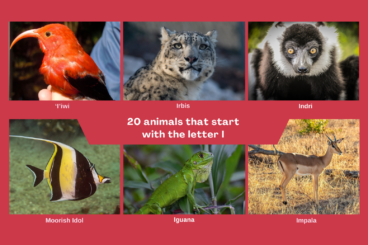Gluvia Dorsalis: Habitat and Characteristics
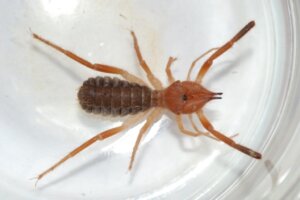

Written and verified by the biologist Samuel Sanchez
The biodiversity of the Iberian Peninsula is very wide, as this region has the greatest biotic wealth in Western Europe, with a total of 60,000 different species of animals. However, there are certain orders and families that are very poorly represented in the Mediterranean environment, such as the solifuge or camel spiders. Gluvia dorsalis is the only species of this group in Spain.
Camel or solifugae spiders (order Solifugae) are a group of little-known arachnids, with only 1000 described species distributed in some 153 genera. Many of the peculiarities of their ecology and reproduction haven’t been recorded, but they’re still fascinating beings that never cease to amaze us. Get to know its European representative, Gluvia dorsalis.
Habitat of the species
As we’ve said, Gluvia dorsalis is the only representative species of the order Solifugae in the Iberian Peninsula. It’s a small invertebrate, typical in semi-arid areas and it extends throughout Spain and Portugal, as long as it’s a Mediterranean-type environment.
It seems that its highest density is found in the center and south of the peninsula, and is much rarer (and even absent) in places with high relative humidity. For this reason, you won’t find it in northern coastal areas such as Galicia, Asturias, or Cantabria.
This species has a predilection for sandy and dry areas, such as abandoned quarries or low-shrub drylands.
Physical characteristics
Before describing Gluvia dorsalis specifically, it would be good to have a brief general review of all solifuges. These arachnids have a body divided into 2 sections or tagmas: a prosoma or cephalothorax (anterior tagma) and a 10-segment abdomen or opisthosoma (posterior tagma). These structures aren’t clearly separated by a pedicel, as is the case in spiders.
The prosoma contains the head, the alimentary apparatus, most of the sensory structures, the pedipalps and the walking legs (4 pairs). In solifuges, the pedipalps are highly modified and towards the front, which gives them the appearance of a fifth pair of legs. These are used to circumvent obstacles, for chemoreception, and for courtship.
The most striking thing about solifuges is their pair of cephalic chelicerae, which sometimes occupy almost 1/3 of the total length of the animal (they’re larger than the prosome itself). These structures are articulated with a lower segment and an upper segment, so each chelicera is an ideal functional clamp to disintegrate the food.
For its part, Gluvia dorsalis is considered a medium-sized camel spider that reaches about 3 centimeters (2.2 inches) in length in its adult stage. Its prosoma and extremities are copper-colored, while the abdomen is somewhat darker. It also stands out for having many hairs all over its body, essential for receiving stimuli.
There are much larger species of camel spiders that easily reach 12 centimeters (5 inches) in length.
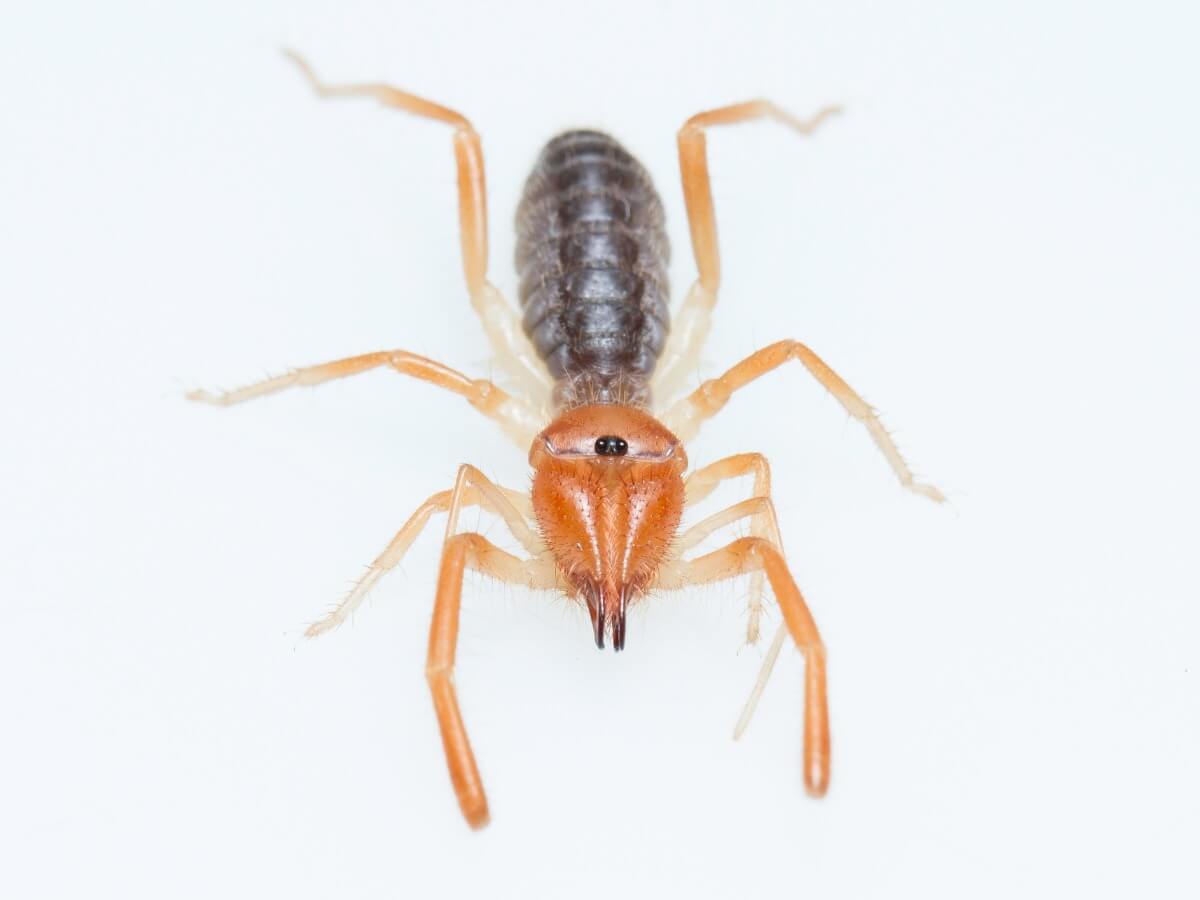
Gluvia dorsalis behavior
As mentioned already, very little is known about the ecology of most solifuges. However, it has been possible to find out that they’re nocturnal animals, although they have surprisingly sophisticated vision despite the basic nature of their eye apparatus. They flee from powerful light sources like the Sun.
According to recent studies, Gluvia dorsalis has a preference for open fields with little vegetation, so it’s more abundant in ecosystems such as cultivated fields. The adult specimens are active, foraging at night from May to November, but when winter sets in, they return to their burrows to hibernate.
These arthropods are very fast and it’s common to see them running from one place to another in sandy areas. They also like to scratch superficially and make new resting places for themselves, especially between 10 p.m. and 12 a.m.
Gluvia dorsalis activity correlates negatively with precipitation and positively with temperature. That is, the more heat and less humidity, the more it goes out to look for food.
Is it a poisonous species?
At this point, we should point out that neither Gluvia dorsalis nor any other solifuge carry venom. Their chelicerae are very strong and a bite can be unpleasant, but these structures aren’t connected to toxin-producing glands. Therefore, this particular species is completely harmless to humans.
Gluvia dorsalis diet
As with all arachnids, all solifuges adopt a strictly carnivorous type of diet. However, due to its small size, Gluvia dorsalis can only access certain prey: ants (42% of its diet), isopods or scale insects (32%) and beetles (10%).
To catch their prey, camel spiders rely on their speed and strong chelicerae, as they don’t have any specific stalking or immobilization method to facilitate hunting. However, they still dare to face insects that are almost their own size (2-2.5 centimeters, around an inch).
Reproduction
What experts know least about so far is their type of reproduction. We know they’re oviparous arachnids, that they have a fairly aggressive courtship, and that fertilization occurs through the transmission of a spermatophore from the male to the female. In the species Gluvia dorsalis, copulation only takes place once a year, in June.
Once fertilized, the female buries herself in her den and lays an average of 84 eggs (from 47 to 163). Unfortunately, it dies from exhaustion 9 days after oviposition. Larvae take about 56 days to hatch and spend about 17 days in a non-feeding form until they molt again to become juvenile individuals.
Gluvia dorsalis is biennial, that is, it lives only 2 years on average.
This species is a living example of how important it is to pay attention to the endemic invertebrates in our countries, as very little is known about Gluvia dorsalis, despite how fascinating solifuges are in general. Without a doubt, we must seek to preserve and admire every living being around us, but, above all, those that can only be found in our own countries.
The biodiversity of the Iberian Peninsula is very wide, as this region has the greatest biotic wealth in Western Europe, with a total of 60,000 different species of animals. However, there are certain orders and families that are very poorly represented in the Mediterranean environment, such as the solifuge or camel spiders. Gluvia dorsalis is the only species of this group in Spain.
Camel or solifugae spiders (order Solifugae) are a group of little-known arachnids, with only 1000 described species distributed in some 153 genera. Many of the peculiarities of their ecology and reproduction haven’t been recorded, but they’re still fascinating beings that never cease to amaze us. Get to know its European representative, Gluvia dorsalis.
Habitat of the species
As we’ve said, Gluvia dorsalis is the only representative species of the order Solifugae in the Iberian Peninsula. It’s a small invertebrate, typical in semi-arid areas and it extends throughout Spain and Portugal, as long as it’s a Mediterranean-type environment.
It seems that its highest density is found in the center and south of the peninsula, and is much rarer (and even absent) in places with high relative humidity. For this reason, you won’t find it in northern coastal areas such as Galicia, Asturias, or Cantabria.
This species has a predilection for sandy and dry areas, such as abandoned quarries or low-shrub drylands.
Physical characteristics
Before describing Gluvia dorsalis specifically, it would be good to have a brief general review of all solifuges. These arachnids have a body divided into 2 sections or tagmas: a prosoma or cephalothorax (anterior tagma) and a 10-segment abdomen or opisthosoma (posterior tagma). These structures aren’t clearly separated by a pedicel, as is the case in spiders.
The prosoma contains the head, the alimentary apparatus, most of the sensory structures, the pedipalps and the walking legs (4 pairs). In solifuges, the pedipalps are highly modified and towards the front, which gives them the appearance of a fifth pair of legs. These are used to circumvent obstacles, for chemoreception, and for courtship.
The most striking thing about solifuges is their pair of cephalic chelicerae, which sometimes occupy almost 1/3 of the total length of the animal (they’re larger than the prosome itself). These structures are articulated with a lower segment and an upper segment, so each chelicera is an ideal functional clamp to disintegrate the food.
For its part, Gluvia dorsalis is considered a medium-sized camel spider that reaches about 3 centimeters (2.2 inches) in length in its adult stage. Its prosoma and extremities are copper-colored, while the abdomen is somewhat darker. It also stands out for having many hairs all over its body, essential for receiving stimuli.
There are much larger species of camel spiders that easily reach 12 centimeters (5 inches) in length.

Gluvia dorsalis behavior
As mentioned already, very little is known about the ecology of most solifuges. However, it has been possible to find out that they’re nocturnal animals, although they have surprisingly sophisticated vision despite the basic nature of their eye apparatus. They flee from powerful light sources like the Sun.
According to recent studies, Gluvia dorsalis has a preference for open fields with little vegetation, so it’s more abundant in ecosystems such as cultivated fields. The adult specimens are active, foraging at night from May to November, but when winter sets in, they return to their burrows to hibernate.
These arthropods are very fast and it’s common to see them running from one place to another in sandy areas. They also like to scratch superficially and make new resting places for themselves, especially between 10 p.m. and 12 a.m.
Gluvia dorsalis activity correlates negatively with precipitation and positively with temperature. That is, the more heat and less humidity, the more it goes out to look for food.
Is it a poisonous species?
At this point, we should point out that neither Gluvia dorsalis nor any other solifuge carry venom. Their chelicerae are very strong and a bite can be unpleasant, but these structures aren’t connected to toxin-producing glands. Therefore, this particular species is completely harmless to humans.
Gluvia dorsalis diet
As with all arachnids, all solifuges adopt a strictly carnivorous type of diet. However, due to its small size, Gluvia dorsalis can only access certain prey: ants (42% of its diet), isopods or scale insects (32%) and beetles (10%).
To catch their prey, camel spiders rely on their speed and strong chelicerae, as they don’t have any specific stalking or immobilization method to facilitate hunting. However, they still dare to face insects that are almost their own size (2-2.5 centimeters, around an inch).
Reproduction
What experts know least about so far is their type of reproduction. We know they’re oviparous arachnids, that they have a fairly aggressive courtship, and that fertilization occurs through the transmission of a spermatophore from the male to the female. In the species Gluvia dorsalis, copulation only takes place once a year, in June.
Once fertilized, the female buries herself in her den and lays an average of 84 eggs (from 47 to 163). Unfortunately, it dies from exhaustion 9 days after oviposition. Larvae take about 56 days to hatch and spend about 17 days in a non-feeding form until they molt again to become juvenile individuals.
Gluvia dorsalis is biennial, that is, it lives only 2 years on average.
This species is a living example of how important it is to pay attention to the endemic invertebrates in our countries, as very little is known about Gluvia dorsalis, despite how fascinating solifuges are in general. Without a doubt, we must seek to preserve and admire every living being around us, but, above all, those that can only be found in our own countries.
All cited sources were thoroughly reviewed by our team to ensure their quality, reliability, currency, and validity. The bibliography of this article was considered reliable and of academic or scientific accuracy.
- Hrušková-Martišová, M., Pekár, S., & Cardoso, P. (2010). Natural history of the Iberian solifuge Gluvia dorsalis (Solifuges: Daesiidae). The Journal of Arachnology, 38(3), 466-474.
- González-Moliné, A. L., Melic, A., & Barrientos, J. A. (2008). IBÉRICO GLUVIA DORSALIS (LATREILLE, 1817)(SOLIFUGAE: DAESIIDAE). Boletin Sociedad Entomológica Aragonesa, 1(42), 385-395.
- Rambla, M., & Barrientos, J. A. (1986). New data about Gluvia dorsalis (Latreille, 1817)(Solifugae, Daesidae).
This text is provided for informational purposes only and does not replace consultation with a professional. If in doubt, consult your specialist.


